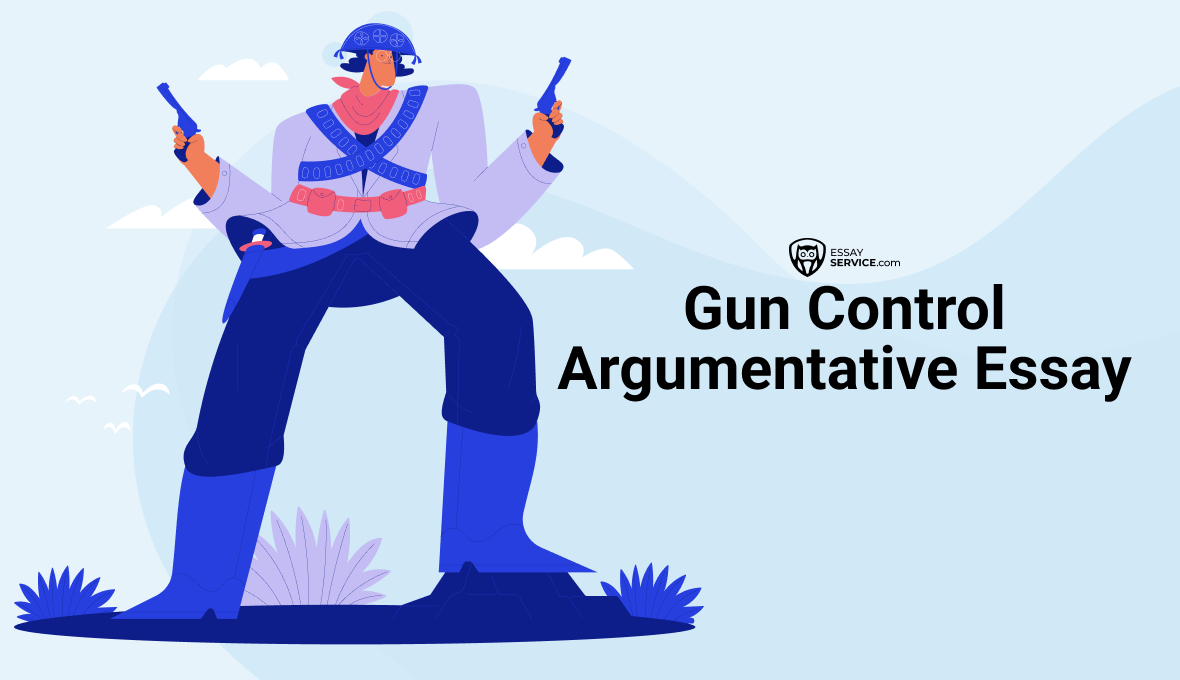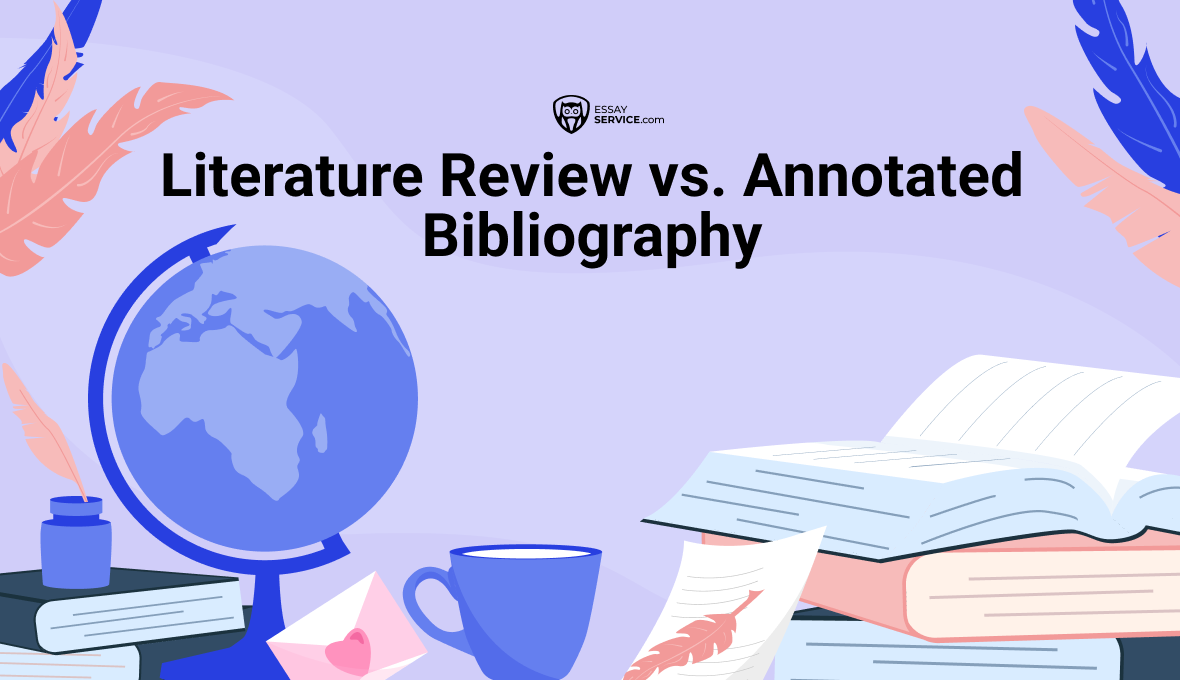
Movie and Book Reviews: How to Write a Great Critique
If you've been requested to write an essay movie review along with a book review introduction, there are some required components to keep in mind. You may either save time by purchasing a custom book review example or a movie review essay sample from us, or alternatively, our movie review writing service can walk you through producing an analysis deserving of the highest grades.
When writing a movie or book review template, it is important to reflect on your personal opinion of the piece and evaluate it to certain criteria.
To review a book, it needs to comment on what points made it great and enjoyable to read and then compare it to similar books in its genre or prequels. Also, say why you would recommend it to someone and back this up with facts for every statement.
A movie review should analyze the fundamental ideas in your unique style and highlight key aspects, such as surprising narrative twists and relatable characters. Additionally, you must state why you think others should see the movie, supported by evidence and quotations. It should discuss how it stacks up against similar or precursor films and other movies in the same genre before judging whether a sequel is warranted. You won't have to keep asking yourself, 'how to write a movie review?' if you consider these things.
How to Write a Book or Movie Review Essay
When wondering how to write a book review or a movie review outline, begin by reading or watching the work as frequently as you can and make a list of all your initial thoughts. You may even compile judgments from classmates and friends to get comments from several sources.
If the chosen workpiece is well-researched, you can write a book review more intriguingly. Thorough research will help make the review writing process easier as you gain in-depth knowledge of the chosen piece to write about.
Know the Background
If the chosen book or movie is well researched, this will enable you to write a critique that will be interesting but also detailed in the right places. Thorough research will help make the review process easier as you will gain in-depth knowledge behind the chosen piece to write about.
Here are some questions to help you write the critique faster and more detailed:
- Where is the film or book set? - Knowing this will give the reader a clear picture and visual imagery into the piece and save you time having to describe it later.
- Is it a sequel and what are the origins? - Such knowledge will benefit the reader if they do not already know the series or the history and will gain a better understanding of the piece.
- Does the book or movie fall into any genre? - Establishing this will help you compare it to other books or movies later on.
- Is it a famous author or director? - This will give out more background information which you can use to make comparisons in the review.
- Interesting or significant facts about the movie or book? - Presenting these associations well will build more interest in the reader and also give you extra points to write about.
- Is the plot riveting, any major twists? - Describing the most gripping elements without spoiling the piece for the reader will give you most interest and marks.
- Are the characters well developed or believable? - If you can write about main characters or actors, this will give you more content to compare and create further interest with the reader.
- Who is the target audience and does it have appeal to others? - This will help you analyze it faster and also gain more understanding to who will appreciate the piece.

Key Elements of the Assignment
Some important sections to include in the movie and book review format are:
Introduction - It is important to make the book/film review beginning as catchy as possible, as you want your audience to be informed yet hooked. Make sure you mention the title and author in the first paragraph, too, as it can frustrate readers not knowing who they are reading about.
Main Body - This is where you should include the most descriptive details of the review, like important points from the plot and thoughts and opinions on acting, cinematography, music, special effects, costumes, literary devices, main characters, and the author's style.
Conclusion - At this point, you can give your recommendations on the piece and back this up with reasons why. Also, consider whether it changed your perception of a given topic and if something can be learned from it.
Movie Review Vs. Book Review
If you were ever wondering how to review a book and movie simultaneously, know that this is possible. It usually happens when the motion picture is based on the book. Also, you can be asked to review two different stories entirely, which have a more subtle connection, like director/author, moral, or purpose.
Let's look at the differences and similarities between a book and a movie review:
Similarities:
- Both need to mention important points about the plot or storyline.
- Highlight the main characters and what makes them memorable.
- Compare the original storyline to the latter.
- Any conventional styles from the director/author.
- Do they share the same purpose of informing the audience in some way?
Differences:
Book
- Look at the literary devices used and what does the writing style say?
- Organization and structure play a vital part.
- Does the tone of the text or author have anything to add to the review?
- Are there any illustrations in the book or additional art that can be commented upon?
- There is less to see physically, so it is important to look for subtle imagery within the text and review this.
Movie
- Analyze the actors and what they bring to the motion picture.
- The on-screen cinematography, the set, and the lighting must be criticized.
- Does the date of release have any significance to the movie, and were there delays?
- Does the use of costumes fit the genre and period the movie is set in?
- Try to look for artistic visual references that a director might have put in and that not many people have spotted before.
So a book or movie review structure must contain your opinions and thoughts about the chosen piece. To become a professional critic, you need to know how to write a book recommendation while evaluating many different kinds of works and having them published in various media, like professional essay writers. If professional critics have reviewed your chosen work, remember what kind of feedback they gave you.
Personal Opinions vs Popular Critic Opinions
Famous critics usually write shorter reviews and use less technical language for the general public to understand. With that in mind, one must draw inspiration from the things they do well and the experiences that can help with your assignment and become a credible critic.
Here are some more questions to help with mastering how to write a good book review or a movie evaluation:
- Does the length have an impact on the piece?
- What suggestions can be added to improve it?
- Is the music catchy and adds more depth, or is it a wasted addition?
- What was the professional critic's verdict compared to yours?
- Why is the book or movie version better or worse?
Movie Review Sample
Italian Culture Through a Film Analysis: Comparison and Contrast Between Senso and Vincere
Italian cinematography goes an extra mile beyond offering entertainment to viewers and is espoused in demonstrating varied aspects of Italian history and culture through the scenes as they are played in movies in a creative manner that embodies aspects of neorealism, rich architectural value of Italy and the extended ideal of having to build stories on the enchanting ideals of music through operas. Majority of the Italian movies produced often do have their plot twists warring away from expressing the cultural ideals of Italy through the combinatory reflection of art and politics in extensive measure. Essentially the movies are tied around expounding on the revolutionary image of Italy through music during the Risorgimento era. Director’s Luchino Visconti and Marco Bellocchio are no exception to this ideal of Italian cinematography considering that the movies Senso and Vincere respectively embody varied aspects of film production with a touch and emphasis of Italian culture. The underlying chapters are dedicated towards inferring on a comparative and contrasting analysis of these two films to demonstrate an existing relationship in Italian cinematography with art and Italian politics that defines the culture of Italy through a transitive period of several decades but still resonates to the foundational tenets of the nation.
To get an understanding of Italian cinematography production in the mid Twentieth Century it is important that one gets the definition of neorealism as a style of film production. With neorealism, the plot of movies are usually tied around Italian stories of the poor and the struggling working class that in many situations involves non-professional actors with the set plays being done on location. Senso adopts this ideal of film production whereby the film is tied around explaining the Risorgimento fight that was focused on Italy’s unification as a nation thereby giving the movie a revolutionary touch. Similarly, a century later, Mussolini replicates a similar storyline in the production of Vincere which has a revolutionary touch to it. The movie title in itself embodies aspects of revolution as it is Italian for conquer and is focused on expounding on dictatorship in Italy under the Socialist party governance by inferring on the biopic of a leader’s marriage that is reflective of the overburdening trysts in the nation. Vincere is a classical release on the life of a hated leader which is brought to the big screen through adoption of a satirical glamorized aspect of horrific events of a leader that is hated by a majority of his people.
The first encounter with the rich Italian culture is first introduced to us in Senso is presented through the first act that opens with an opera performance in La Fenice prior to the country receiving its freedom from the oppressive hold of the Austrian Empire. The opera in play is Il trovatore by Verdi whose chorus have a revolutionary touch that is focused on resisting the Austrians. Conversantly, the difference between the rich and poor is portrayed at this point by an array of anti-Austrian leaflets flying in the air to the distinct sitting positions in the opera while at the same time focused on women oppression by undermining and warning of their dressing code. It progressively transitions into expounding on the love life of Livia who is the Serpieri Countless. On the other hand, Vincere also embodies aspects of the opera and opens directly into inferring on the active life of Benito Mussolini in a horrific manner that is keen on explaining the secret life of the leader and relationship to Ida Dalser with an operatic touch. A great extend of Vincere’s production is build on using the operatic sound notes that include a clamoring swelling and swooping of the music throughout the movie. Reflectively, this style is categorical with the 1930’s Italian movie reels that are focused on propaganda from this era being juxtaposed in a masterful way with ideal scenes of victims holed in mental hospitals that is compared to the billowing and subsiding voices of the opera in the movie.
Both movies go an extra mile of portraying the role and position of women in society in two different times with a comparative inference on their role in society not having changed much irrespective of the ideal that it is several decades later. Senso depicts the 19th Century perception of women in society as being baby carriers and chattels who were not allowed their democratic rights that gave rise to nationalism women who were keen on mapping a path for future women. In this case, Livia the countess is in many scenes of the movie left out when it comes to times of activities that are tied to both social and political proponents. Her life generally is planned for her as she arranged an aristocratic marriage to a man who is way older and in many instances is portrayed in a melodramatic way that depicts her as an infidel out to only satisfy her sexual desires by falling in love with Franz. Furthermore, Visconti depicts women in a demeaning manner by portraying them as prostitutes who men use as vessels of asserting their masculinity and ego as was the case of Franz who turned to prostitutes as a means of his own self-assertion. In Vincere’s case, the female sex is expressed through the character of Dalser who is subjugated by Mussolini before he ascends to power in that she sells all that in her possession so as to finance a Socialist newspaper that backs her lovers’ leadership ideals. The woman’s image is portrayed as being desperate for attention of males considering the need by Dalser to be reassured that she is loved. However, the movie has a unique way of connecting sex with the battle that emasculates to history making; the tense sexual images between the two lover transitions into an image of progressively marching soldiers thus creating a link between the troubled relationship and the situation at the battleground.
The ideal of a classical score by Crivelli being utilized in Vincere coupled with aspects of authenticated period touch and the excellent acting, the movie closely borders to melodrama but the main character in the movie gives it an absolutely different feel. Bellochio cuts short the feeling of melodrama in the movie with the intensity he brings to the movie. Senso on the other hand is played as an agonized love story that is built on the backdrop of a wide pool of history whereby neorealism has been utilized in the most ideal of ways. In its production the styled grandeur of Italy is not left out in the selection and settling for sets for different scenes; realism is utilized in the film production and incorporated with aspects of melodrama to come up with an excellent piece that encompasses love and war in a mutually enriching proponents to come up with a great film. In the production of Senso, Italian architecture is not left out, setting incorporate ideals of lined streets with balconies with people crammed all over the houses and an opera house in the town. The beauty of the Italian countryside is not left out in the depiction of architecture which goes to the extent of incorporating actual palazzos that brings out a rather soap opera feel to the whole movie when aspects of passion are expressed in the movie.
In both movies, a romantic aspect is brought out in the most twisted of ways that can be imagined and also intertwined with conflicting position in the leadership of Italy as illustrated through the historical plot twist in the movies. The women in the films play an integral role and paint effectively the romantic role in twisted ways which if incorporated with the color use in the movie production give the movies a balanced feel between romance and war. The photography of soldiers together with the sound production is exemplary go to a greater extent of giving the movies a victorious and historical feel aspect. However, Vincere fails to connect with a modern day audience which did not grow up during the era of Mussolini for it comes out as pretty difficult in making a connection between his private life inferences to his rather dictatorial public persona.
References:
- Celli, Carlo and Marga Cottino-Jones. A New Guide to Italian Cinema. New York: Palgrave Macmillan, 2007.
- Milicent, Marcus. 'Visconti's Senso The Risorgimento According to Gramsci.' Millabon, William. Italian Film in the Light of Neorealism. Princeton: Princeton University Press, 1986. 12-45.
- Thompson, Kristin, and David Bordwell. Film History: An Introduction. New York: McGraw-Hill, 2003.
Buy a Book Review Essay from our Experts!
We hope our tips on how to write a critical review of a book, along with the old movie review, gave you enough knowledge and understanding to compose a solid book and movie critique. EssayService is here 24/7, ready to take your 'how to write a book review essay' or 'write an introduction movie review for me' to save you precious time. This way, you can carry on with more important things in life.
Frequently asked questions
New posts to your inbox!
Your submission has been received!



